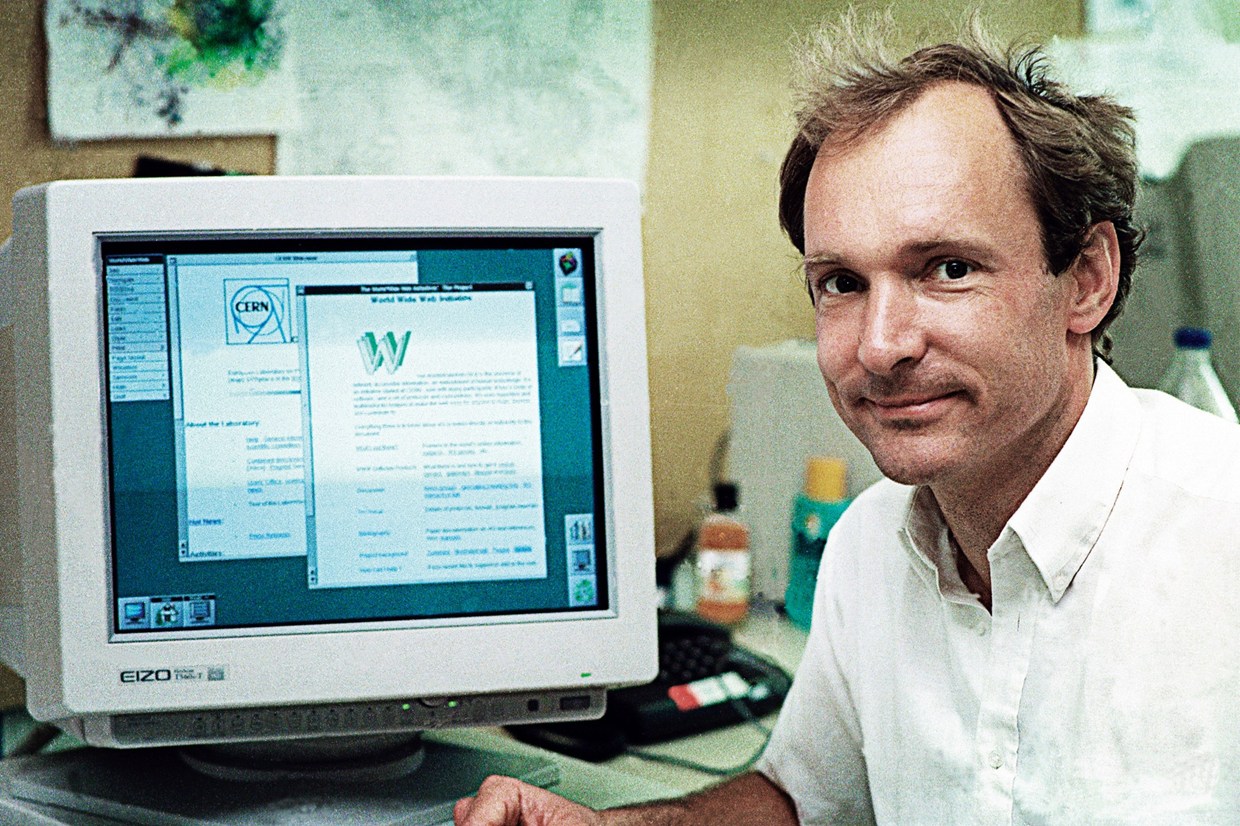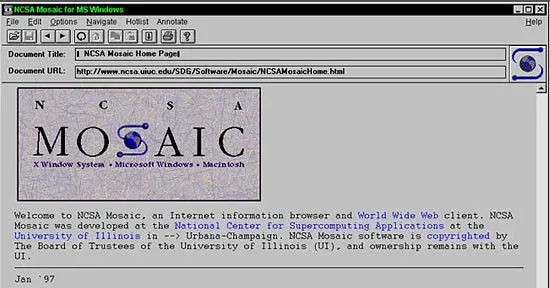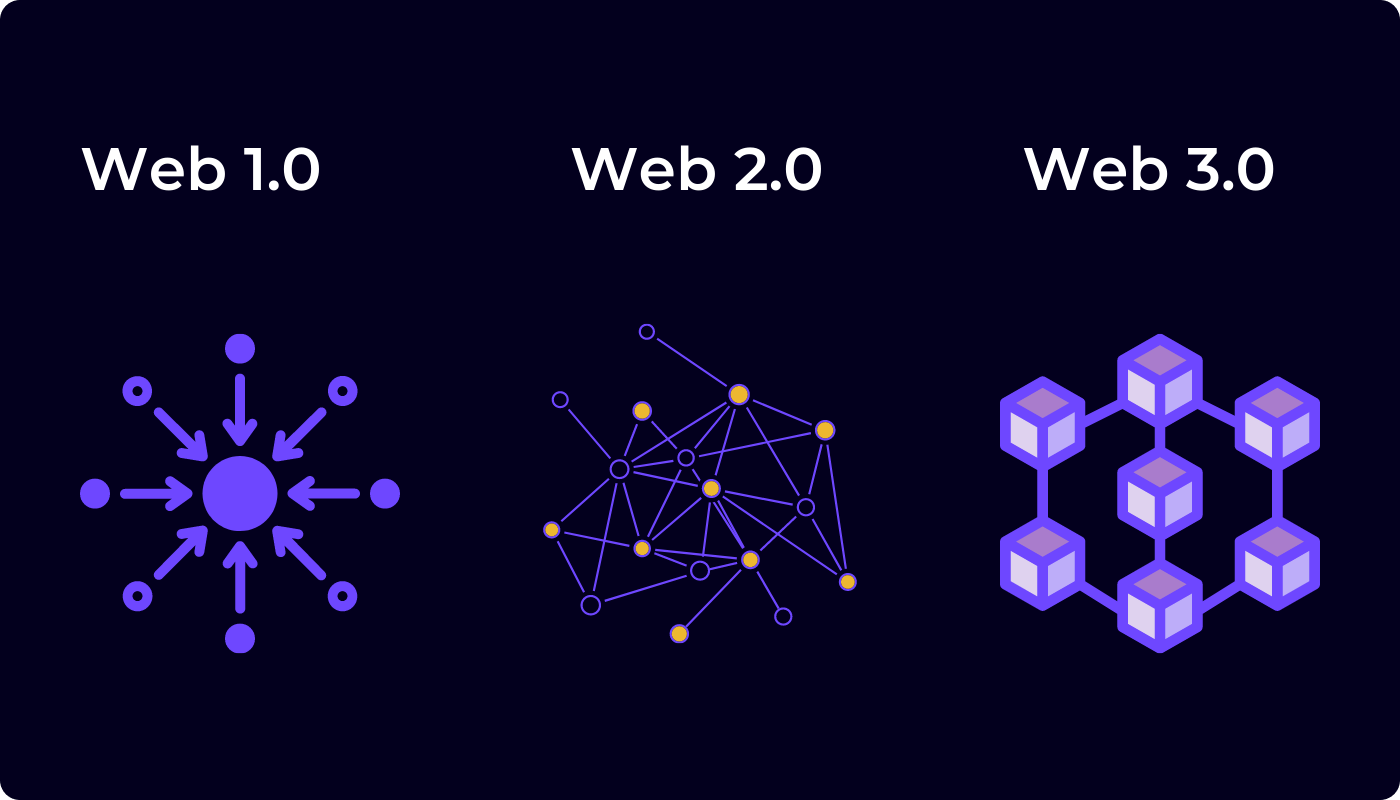The History of the World Wide Web
 Bonaventure Ogeto
Bonaventure Ogeto
I. Introduction
The World Wide Web, also known simply as the "web," has become an indispensable tool for millions of people around the world. In less than three decades, the web has grown from a simple idea into a massive network of interlinked pages and applications that provide information, entertainment, and connectivity to people all over the globe.

II. The Origins of the Web
The history of the web begins in the late 1980s, when a British computer scientist named Tim Berners-Lee proposed a system for organizing and sharing information over the Internet. Berners-Lee was working at the European Organization for Nuclear Research (CERN) in Switzerland, and his goal was to create a system that would make it easier for scientists to share information and collaborate on research projects.
In 1989, Berners-Lee introduced the first version of the World Wide Web, which he called the "Mesh." This system allowed users to create and view simple pages of text and images, which were linked together using hyperlinks. The Mesh was later renamed to the World Wide Web, and the first web page went live on August 6, 1991.

In the early years of the world wide web, there were few websites and even fewer people who knew how to use them. However, this changed quickly as more people became aware of the web's potential and started creating their own pages and sites.
III. Early Years of the Web
The first web browser, called Mosaic, was released in 1993. Mosaic was a groundbreaking application that made it easier for users to view web pages and navigate the web. This was followed by the release of the first commercial web browser, Netscape Navigator, in 1994. With these tools, the web began to grow at an unprecedented rate, as more and more people started using the Internet to find information and connect with others.

IV. The Dot-Com Boom
In the late 1990s, the dot-com boom led to a rapid expansion of the web as businesses and entrepreneurs flocked to the Internet in search of new opportunities. This period was characterized by the creation of many new websites and online services, such as Amazon, Google, and eBay. The dot-com bubble eventually burst in 2001, but the web continued to grow and evolve, driven by new innovations and the increasing use of smartphones and other mobile devices.

V. The Web Today
Today, the web is a global network of billions of pages and applications, and it plays a vital role in our daily lives. From social media and online shopping to video conferencing and remote work, the web has transformed the way we communicate, learn, and conduct business.

VI. The Future of the Web
The future of the world wide web is still uncertain, but one thing is for sure: it will continue to evolve and shape our world in ways that we can't even imagine. Whether it's through the development of new technologies, the rise of the Internet of Things, web 3.0, or the increasing use of artificial intelligence and machine learning, the web will continue to play a critical role in our lives for many years to come.

VII. Conclusion
The history of the world wide web is a fascinating story of innovation, collaboration, and creativity. From its humble beginnings as a simple system for sharing information, the web has grown into a global network that has changed the way we live, work, and interact with each other. Whether you're a tech enthusiast, a business person, or just a casual user, the story of the web is a testament to the power of technology and the human spirit.
Kindly, consider subscribing to my newsletter.
I'd love to connect with you via Twitter & LinkedIn
Happy hacking!
Subscribe to my newsletter
Read articles from Bonaventure Ogeto directly inside your inbox. Subscribe to the newsletter, and don't miss out.
Written by

Bonaventure Ogeto
Bonaventure Ogeto
Software Engineer & Technical Writer